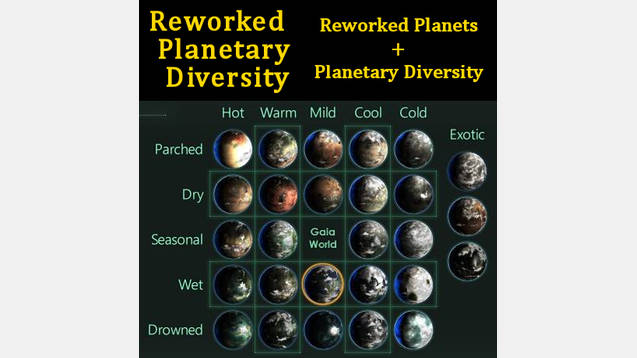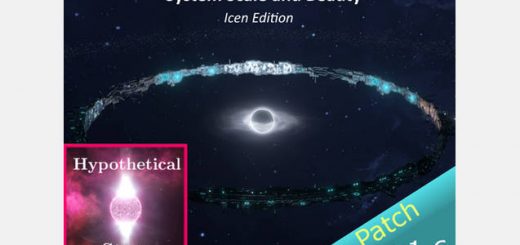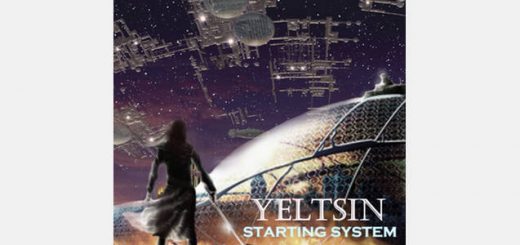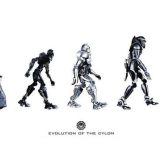Reworked Planetary Diversity For Stellaris

Reworked Planetary Diversity For Stellaris
Stellaris version 1.6.2
Mod version 1.0.8
IMPORTANT: Compatibility & File Conflicts
This is my attempt to merge two phenomenal mods, Reworked Planets and Planetary Diversity. The majority of the credit for this mod goes to the creators of those mods, Gatekeeper (PD) and Tommy2Shoes (RP).
Temperature & Humidity
I’ve sorted all 24 of the “standard” terrestrial worlds present in Planetary Diversity onto a climate grid ala Reworked Planets, with 5 grades of temperature and 5 grades of humidity.
Methane, Ammonia, and Tomb Worlds, are not on the grid, but are still playable for roleplay purposes just as they are in Planetary Diversity.
Temperature Categories
Hot – Global temperatures average around a scorching 35C (95F)
Warm – Global temperatures average around a balmy 25C (77F)
Temperate/Mild – Global global temperatures average around a mild 15C (59F)
Cool – Global temperatures average around a chilly 5C (41F)
Cold – Global temperatures average around a frigid -5C (23F)
Humidity Categories
Parched – Surface water is exceedingly rare; precipitation is virtually nonexistent
Dry – Surface water is rare except in milder climes; precipitation is limited.
Seasonal – Surface water is common; precipitation varies wildly by latitude, altitude, and season
Wet – Surface water is abundant, covering more than 60% of the planet; precipitation is moderate
Drowned – Surface water covers more than 90% of the planet; precipitation is common
Planet Classes
Planetary Diversity does an amazing job of introducing a suite of worlds that really feel like totally new planet types. But by the same token, these new worlds don’t fit readily into a simple two-axis climate grid.
To ease the integration, I’ve changed the names of some of the new planet classes to try to create a thematically unified whole. Many of the PD planets have long, descriptive name, while the vanilla planet names tend to be short and punchy. I’ve taken the concise and evocative “Cascadian” as my guide when coming up with the new planet type names, and tried to favor climatic features over geographical features to fit a climate model grid. I’ve also tried to maintain the character of the PD planets as much as possible, although one or two worlds have had to change temperature a few degrees to accommodate the grid.
For those names that have changed, the original PD planet name is listed in parentheses after the new name.
Dune (Sand Sea) – Hot and Parched climate
Desert – Hot and Dry climate
Savannah – Hot and Seasonal climate
Tropical – Hot and Wet climate
Atoll (Desert Islands) – Hot and Drowned climate
Arid – Warm and Parched climate
Arroyo (Mesa) – Warm and Dry climate
Cloud Forest (High Altitude Jungle) – Warm and Seasonal climate
Swamp – Warm and Wet climate
Mangrove – Warm and Drowned climate
Badlands (High Altitude Desert) – Temperate and Parched climate
Oasis – Temperate and Dry climate
[Gaia – Temperate and Seasonal climate; not a starting world type]
Continental – Temperate and Wet climate
Ocean – Temperate and Drowned climate
Desolate (Frozen Desert) – Cool and Parched climate
Steppe – Cool and Dry climate
Alpine – Cool and Seasonal climate
Cascadian – Cool and Wet climate
Ice Floe – Cool and Drowned climate
Antarctic – Cold and Parched climate
Tundra – Cold and Dry climate
Arctic – Cold and Seasonal climate
Interglacial (Geothermal Arctic) – Cold and Wet climate
Glacial – Cold and Drowned climate
Habitability
Like with Reworked Planets, the habitability of a planet is based on its proximity on the grid to a species’ preferred planet type — that is, it’s similarity in temperature and humidity.
Species have 80% habitability on their preferred planet class, 60% habitability on 7 other planet classes, and 40% habitability on 5 planet classes, leaving the remaining 11 planet classes at 20% habitability.
As in Planetary Diversity, Methane and Ammonia preference species still have 100% habitability on their preffered world types and 0% habitability on all other world types. Tomb World, Ringworld, Gaia, and Habitat preference species have 100% habitability in their preferred environments and 40% habitability on the water-based planet classes.
Terraforming
Terraforming cost and duration depend on proximity on the climate grid. Terrestrial Sculpting allows terraforming worlds to a different humidity level, while Atmospheric Manipulation opens up the temperature axis, allowing terraformation of any world type on the climate grid to any other world type on the grid. And, as in PD, Climate Restoration allows terraforming to and from Methane and Ammonia.
I’ve added the ability to “terraform” planets into Tomb Worlds, and to “terraform” a world without changing its planet class (to clear tile blockers), both available with Climate Restoration.
Planet Spawning
I’ve adjusted planet spawn odds to try and match vanilla/Reworked Planet rates. But keep in mind that Methane and Ammonia worlds are not really intended to be balanced with water-based worlds.
Compatibility
This mod will probably experience conflicts or incompatibility with other mods that add or change planets, terraforming, or habitability. It is standalone and should not be run at the same time as either Reworked Planets or Planetary Diversity. For more info on compatibility and conflicts see the Compatibility & File Conflicts thread.
Built-in Compatibility (Tested)
Guilli’s Planet Modifiers
Compatibility Patches (Tested)
Dark UI/PD/RPD Patch
More Tilesets/RPD Patch
Real Space/RPD Patch
Localisation
Russian – translation by donartemio
Spanish – based on Alguerath’s PD translation, adjusted by me
Planned Updates and Changes
Additional localisation; anyone interested in helping with additional translations, let me know
Possibly make an “expanded version” of the mod that adds another planet type or two and maybe a few other features
Version History
1.0.8 – Russian and Spanish localisation; adjusted planet spawn odds so that setting spawn rate on new game should have SOME small effect, instead of NO effect
1.0.7 – Fixed Abandoned Terraforming Equipment event issues; tweaked planet spawn odds
1.0.6 – Bugfix
1.0.5 – Terraforming bugfix; messed with planet spawn odds a bit more
1.0.4 – Reduced planet spawn odds further; ringworld, gaia, and habitat preference now each have 40% habitability on water-based world types
1.0.3 – Added option to terraform to same world type; recolored habitability preference icons; habitat bugfix
1.0.2 – Reduced planet spawn odds; added option to “terraform” to Tomb World
1.0.1 – Adjusted planet spawn odds and fixed a habitability error for Alpine
1.0.0 – Initial release








Recent Comments